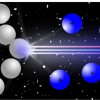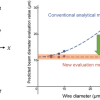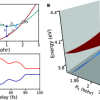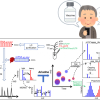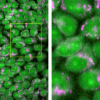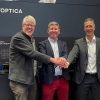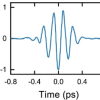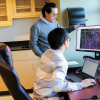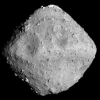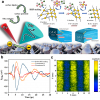Spectroscopy News
This ultrafast infrared spectroscopy method would fulfil many unmet needs in experimental molecular science, revealing various high-speed phenomena in detail.
PiQuant- Co., Ltd, a spectroscopy-based environmental IoT company, has won the CES 2023 Innovation Award from the Consumer Technology Association (CTA) of America.
WITec GmbH has delivered a new instrument to the Center for Solar Energy and Hydrogen Research (ZSW) Baden-Württemberg.
New results using could significantly improve resonance ionisation mass spectrometry ultra-trace analysis of plutonium isotopes.
A new method to evaluate the diameter of X-ray microbeams, based on mathematical analysis, can be used to calculate beam diameters more accurately than the previously used conventional methods.
Scientists at Stockholm University have proposed a non-linear spectroscopic technique to investigate the coupled nuclear electronic dynamics in a photo-excited molecule.
A new analytical platform based on liquid chromatography, mass spectrometry and software analysis quantifies the structure of messenger RNA (mRNA) based medicines.
The IRDG’s two student travel awards are now open for applications: the Chalmers & Dent Student Travel Award and the Francis Dunstan Travel Awards.
New method offers high-throughput chemical imaging hundreds of times faster than traditional approach.
TOPTICA Photonics AG has entered into a definitive purchase agreement to acquire the majority of the shares of French fibre laser technology company Azurlight Systems SAS.
Between 5 THz and 12 THz, stable, continuously tuneable, energetic fs pulses are challenging to come by but diamonds can be used to fill the gap.
A hyperspectral camera has been mounted on a standard OR-approved surgical microscope for in vivo detection of low-grade gliomas.
Work by a group of UConn researchers represents an effort to overcome communication challenges and provide a new framework in the emerging field of land change science.
The πNIRS technique could revolutionise medical diagnostics, including monitoring of strokes and Alzheimer’s disease.
A new method by applying Bayesian estimation to X-ray fluorescence analysis can dramatically reduce the analysis time.
Hiden Analytical has gained the ISO 14001:2015 environmental accreditation.
The UK’s national synchrotron facility, Diamond Light Source, was used by a large, international collaboration to study grains collected from a near-Earth asteroid, using XANES, to further our understanding of the evolution of our solar system.
Methods for sensitive local surface evaluation and rapid surface property mapping of Si are still lacking and urgently needed, and now may be solved by THz spectroscopy.
A consortium led by the University of Warwick has been awarded £17 M to procure the UK’s most powerful NMR instrument at 1.2 GHz.
A team led by P.C. Ku and Qing Qu has developed a miniature, paper-thin spectrometer measuring 0.16 mm2 that can also withstand harsh environments.




